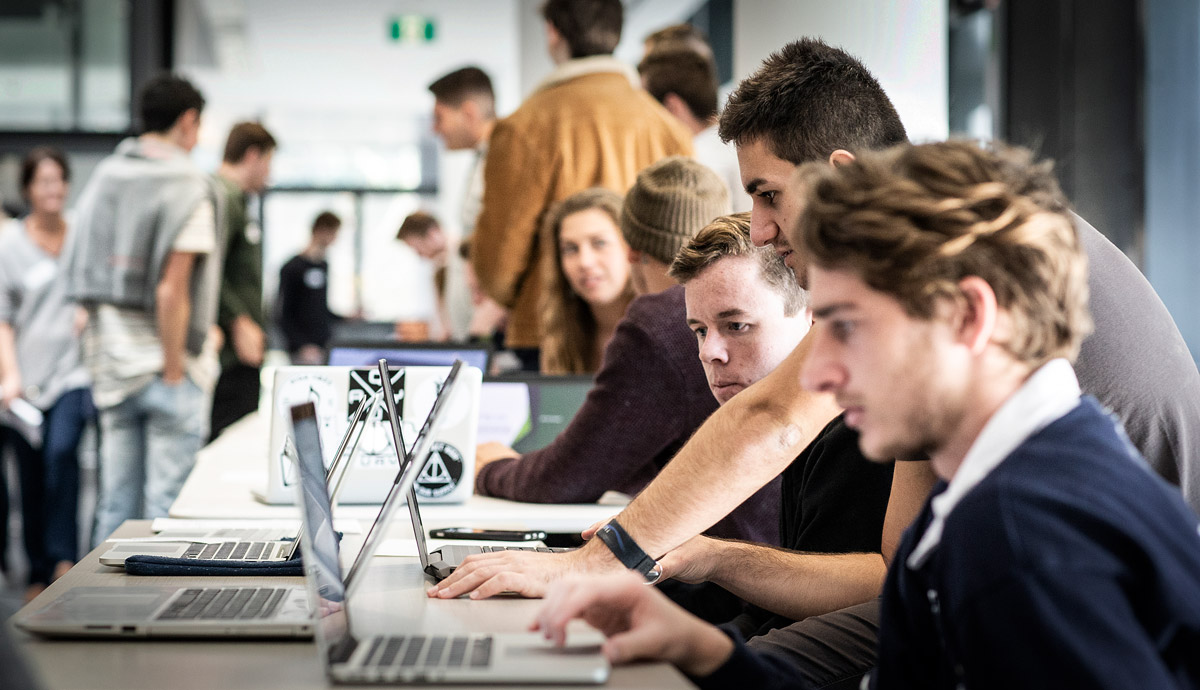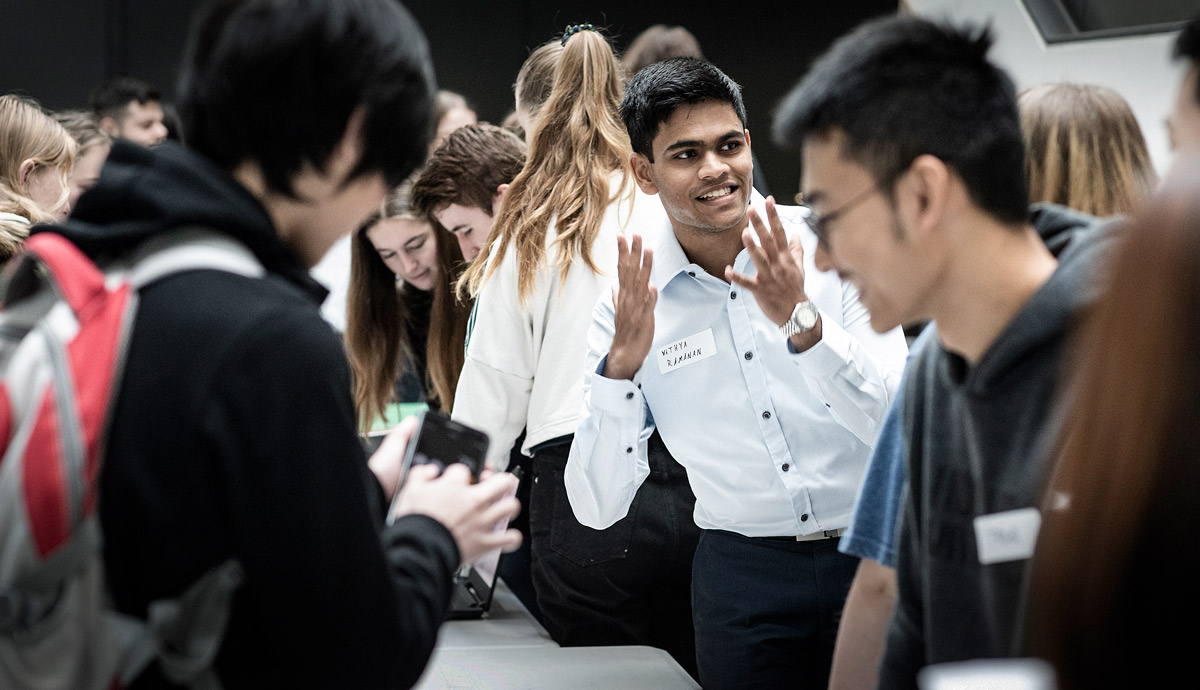June 4, 2019
The best engineers think like environmentalists
Students consider water recycling, solar farms and tree regeneration in coal mine plans
Historically, engineering to meet society’s needs for roads, buildings, infrastructure, manufacturing and minerals has had harmful impacts on the health and safety of people, communities, the environment and ecosystems.
The next generation of engineers, however, want to leave destructive practices in the past.
University of Wollongong (UOW) engineering students were challenged to determine if they could develop a coking coal mine on farmland near Marulan in the NSW southern tablelands, while meeting societal sustainability needs.
Working in groups, the first-year students devised innovative ways of protecting the natural environment and minimising the impact of a coal mine on the community of Marulan.
More than a dozen models, entered in the Sustainable Engineering Design Competition, were on display at the SMART foyer on campus on Monday.
The students were eager to share their ideas.
“We can’t mine coal forever, but we need it to make steel. We need to mine it in a net-neutral way,” Morris Daniel said.
“We made a solar farm to offset our electricity usage, sourcing our water from the sea and desalinating it rather than taking it away from local waterways. The area is in drought, we don’t want to make it worse for the people.”

“Everything we build is going to be given back to the people,” class mate Jake Laudarovski said.
“Our constructed solar farm and desalination plant will be given to the community. The people in the local area did have a plan for a solar farm, we’re working with their plan. It can reliably power 800 homes.”
They adopted a room and pillar design to prevent the ground from collapsing and avoid any impact on the surface land.
“If the ground caves and collapses to a significant degree it upsets the waterways and will send rivers in new directions,” Jake said.
Another group planned to build a sewage treatment facility, and use the treated water to wash the coal. They would then recycle the runoff.
“Most mines are reusing 80 per cent of water,” Jacob Veleski said.
Another group have plans to repurpose excess materials taken from the ground.
“Half of the raw material used to make our concrete reinforcements will be sourced from the mine,” Tim Gaynor said.
“And we’re replanting trees at a ratio of two to one for every acre of land we’re going to degrade to build the mine,” Angus Seddon added.
“We’re keeping all our waste on the mine site, it’s going to get shipped and put back into the mine once we’re done.”
UOW will enter its best submissions into the NSW Minerals Council Health, Safety, Environment and Community awards.
